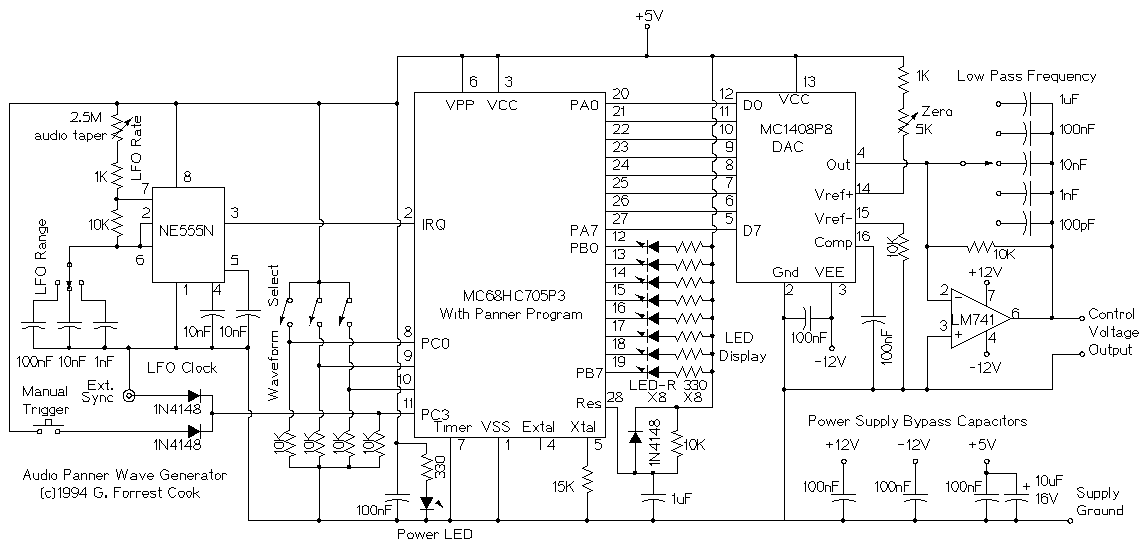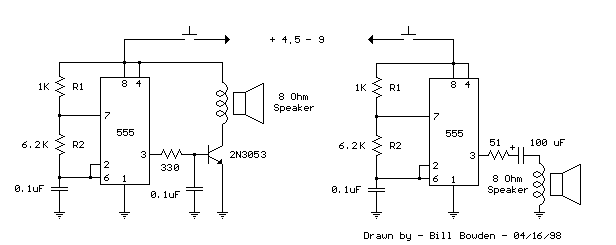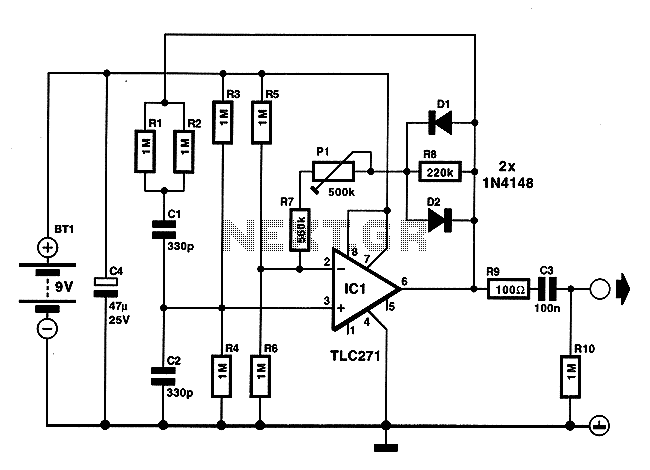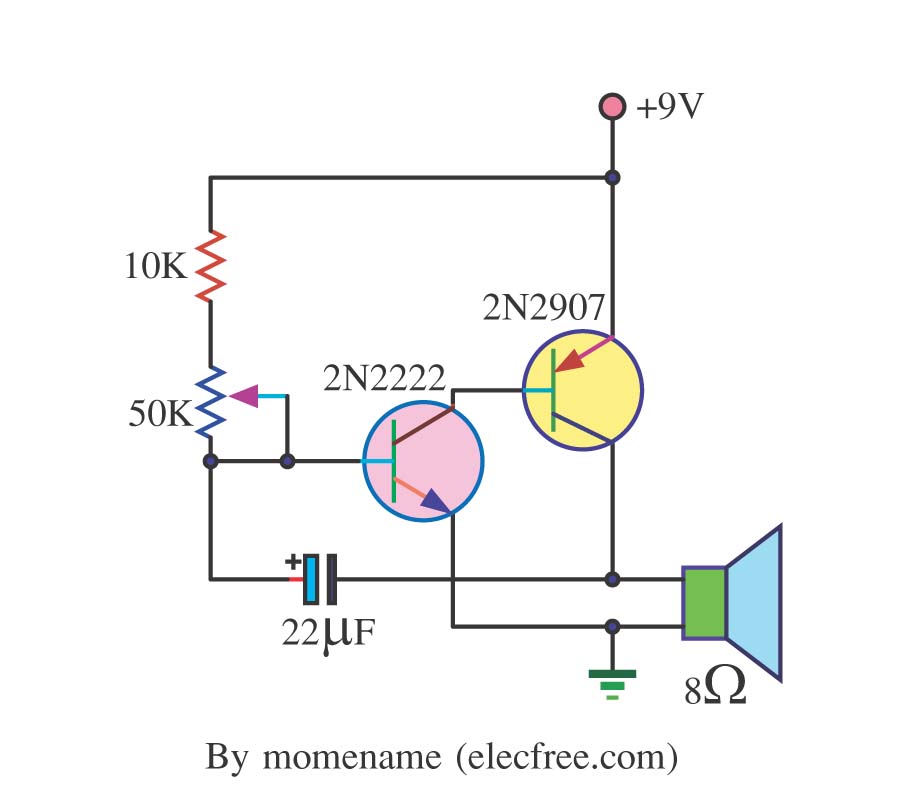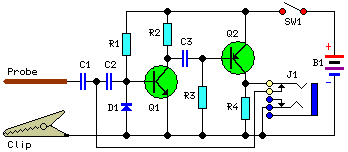
LINEAR RAMP GENERATOR
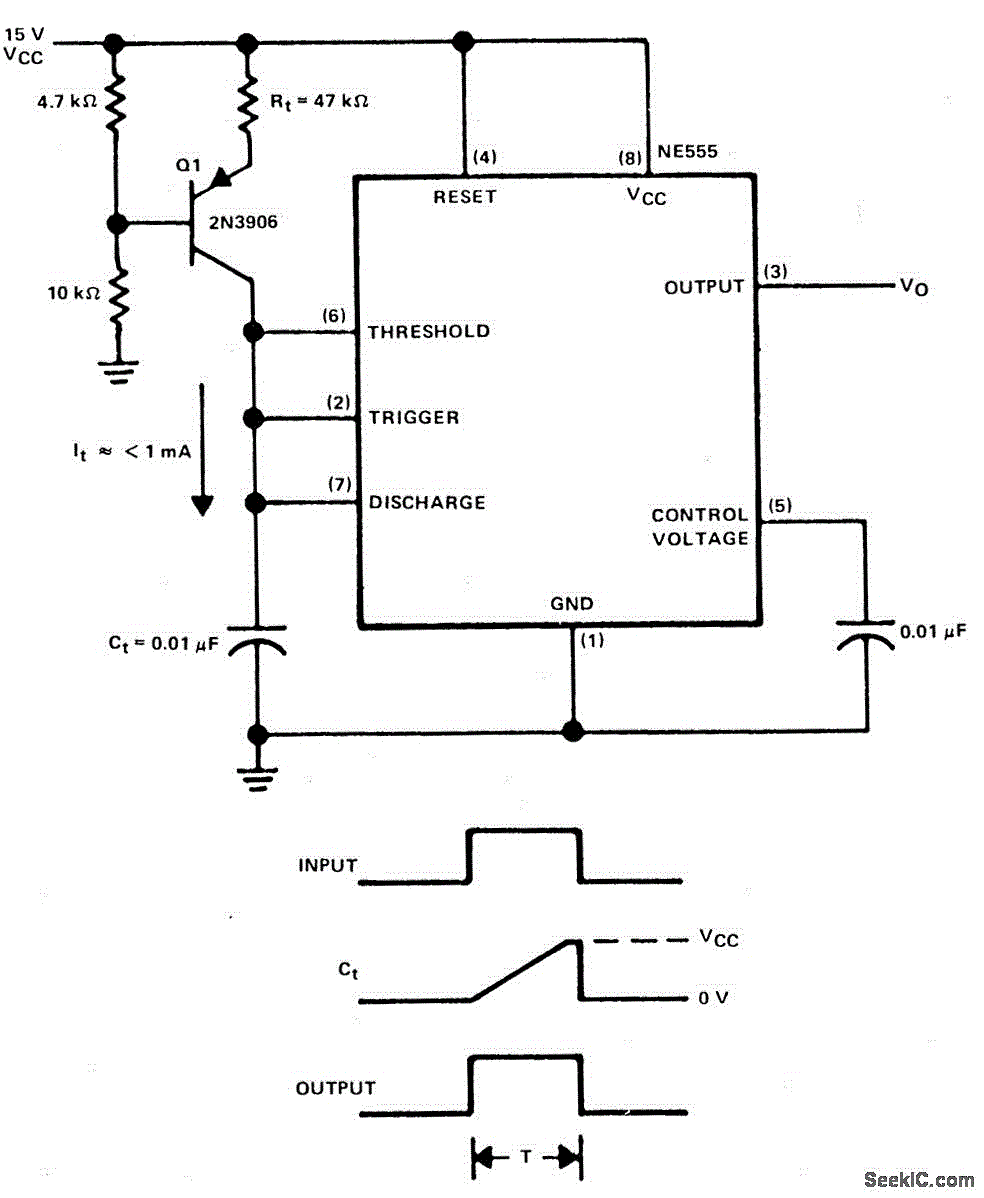
The linear charging ramp is particularly beneficial in applications requiring precise linear voltage control. Potential uses include a prolonged voltage-controlled timer, a voltage-to-pulse-width converter, or a linear pulse-width modulator. Q1 functions as the current source transistor, delivering a constant current to the timing capacitor Ct. Upon triggering the timer, the clamp on...
The linear charging ramp circuit is designed to provide a steady and predictable increase in voltage over time, making it ideal for various electronic applications. In a typical configuration, the circuit includes a current source transistor (Q1), which is responsible for maintaining a constant current output. This steady current is directed towards a timing capacitor (Ct), which charges at a linear rate, producing a voltage ramp that can be monitored or utilized in subsequent stages of a circuit.
The timing capacitor is crucial as it determines the duration of the voltage ramp, influenced by the value of the capacitor and the constant current supplied by Q1. The charging time can be adjusted by varying the current or the capacitance, allowing for flexibility in application design. This feature is particularly useful in voltage-controlled timers, where precise timing is essential.
In addition to timer applications, the linear charging ramp can serve as a voltage-to-pulse-width converter. By integrating additional components such as comparators or operational amplifiers, the output voltage level can be translated into a corresponding pulse width, enabling control over power delivery in PWM (Pulse Width Modulation) applications. This is beneficial in motor control, LED dimming, and other scenarios where variable power is required.
Furthermore, the circuit can be employed in environments where noise immunity and stability are critical. The linearity of the voltage ramp ensures that downstream components receive a clean and predictable signal, minimizing the risk of erratic behavior due to voltage fluctuations.
Overall, the linear charging ramp circuit is a versatile tool in electronic design, providing essential functions across various applications while ensuring precision and reliability in voltage control.The linear charging ramp is most useful where linear control of voltage is required.Some possible applications are a long period voltage controlled timer, a voltage to pulse width converter, or a linear pulse width modulator. Q1 is the current source transistor, supplying constant current to the timing capacitor Ct. When the timer is triggered, the clamp on.. 🔗 External reference
The linear charging ramp circuit is designed to provide a steady and predictable increase in voltage over time, making it ideal for various electronic applications. In a typical configuration, the circuit includes a current source transistor (Q1), which is responsible for maintaining a constant current output. This steady current is directed towards a timing capacitor (Ct), which charges at a linear rate, producing a voltage ramp that can be monitored or utilized in subsequent stages of a circuit.
The timing capacitor is crucial as it determines the duration of the voltage ramp, influenced by the value of the capacitor and the constant current supplied by Q1. The charging time can be adjusted by varying the current or the capacitance, allowing for flexibility in application design. This feature is particularly useful in voltage-controlled timers, where precise timing is essential.
In addition to timer applications, the linear charging ramp can serve as a voltage-to-pulse-width converter. By integrating additional components such as comparators or operational amplifiers, the output voltage level can be translated into a corresponding pulse width, enabling control over power delivery in PWM (Pulse Width Modulation) applications. This is beneficial in motor control, LED dimming, and other scenarios where variable power is required.
Furthermore, the circuit can be employed in environments where noise immunity and stability are critical. The linearity of the voltage ramp ensures that downstream components receive a clean and predictable signal, minimizing the risk of erratic behavior due to voltage fluctuations.
Overall, the linear charging ramp circuit is a versatile tool in electronic design, providing essential functions across various applications while ensuring precision and reliability in voltage control.The linear charging ramp is most useful where linear control of voltage is required.Some possible applications are a long period voltage controlled timer, a voltage to pulse width converter, or a linear pulse width modulator. Q1 is the current source transistor, supplying constant current to the timing capacitor Ct. When the timer is triggered, the clamp on.. 🔗 External reference
